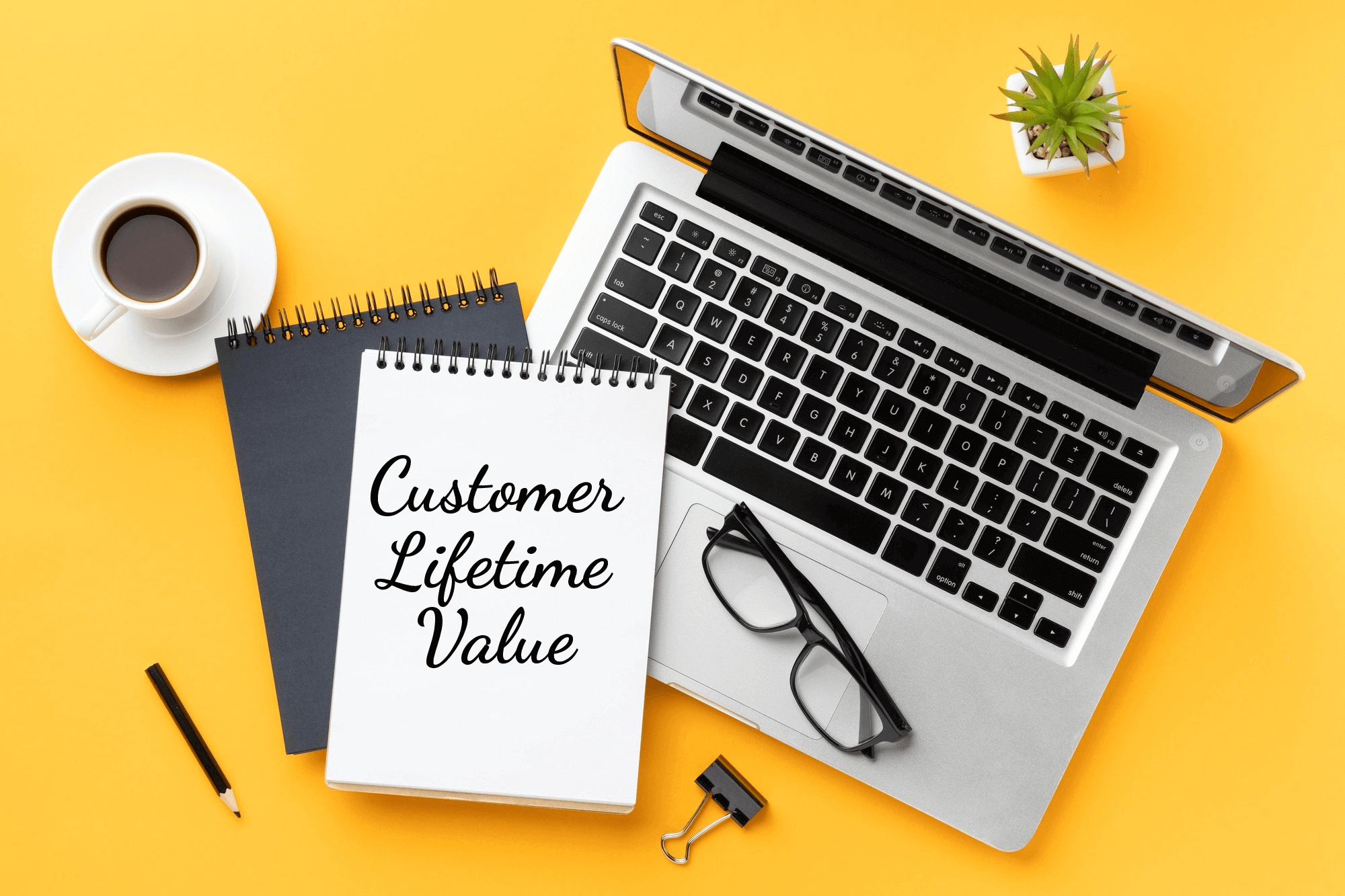In today’s highly competitive marketplace, companies are constantly searching for ways to increase profitability and ensure long-term sustainability. One of the most impactful tools aiding this mission is customer lifetime value (CLV). More than a marketing buzzword, CLV offers a powerful perspective on customer relationships, enabling better resource allocation and smarter strategic planning. By understanding and applying this metric, businesses can move beyond short-term wins to build lasting customer loyalty—often the difference between thriving and merely surviving.
What Customer Lifetime Value Really Means
Customer lifetime value represents the projected revenue a company can earn from a single customer throughout their entire relationship. It takes into account not only the first purchase, but also repeat transactions, upsells, referrals, and the associated service and acquisition costs.
Unlike metrics that focus on immediate gains, CLV forces companies to adopt a long-term mindset. It quantifies customer behavior into a single, forward-looking figure. For example, a daily coffee shop customer who spends $5 over five years and refers two others is far more valuable than a one-time $10 buyer. This perspective helps businesses prioritize long-term relationships over short-lived transactions.
Directing Resources Where They Matter Most
One of the most powerful uses of CLV is guiding how companies allocate resources. With limited budgets and bandwidth, organizations must invest wisely. CLV provides clarity by identifying which customer segments are the most profitable over time.
Instead of treating all customers equally, businesses can focus their marketing and support on high-value groups. For instance, a SaaS provider may discover that mid-sized businesses consistently renew subscriptions and upgrade services, while smaller clients churn faster. With this insight, the company can realign its efforts—targeting mid-sized prospects, refining onboarding for them, and ultimately boosting long-term profitability.
CLV as a Driver of Customer Experience
Beyond its financial implications, CLV also plays a vital role in improving the customer experience. When companies understand the extended value of a customer, they’re more likely to invest in meaningful interactions that promote loyalty.
Consider a luxury retailer. A customer who buys a high-end handbag today might return later for accessories or gifts. By offering exclusive previews or personalized services, the brand enhances that customer’s journey and increases the likelihood of repeat purchases. These efforts deepen trust and connection, elevating the customer’s overall lifetime value.
Rethinking Customer Acquisition
Customer acquisition is often one of the most expensive components of running a business—especially in competitive industries. CLV reframes this challenge by encouraging companies to focus on acquiring the right customers, not just more customers.
A business obsessed with minimizing acquisition costs may celebrate a spike in new users, only to find most don’t return. On the other hand, a CLV-based strategy weighs acquisition spend against potential long-term revenue. For example, an online fitness platform may invest heavily in ads targeting fitness enthusiasts likely to stick around for years. Though costly upfront, the long-term gains outweigh the expense, creating a more sustainable growth model.
Turning Insights Into Strategy
In a data-driven world, CLV stands out as a crucial link between raw data and actionable strategy. It goes beyond tracking purchases and demographics, offering a dynamic framework for forecasting behavior and fine-tuning operations.
Take a telecom company, for instance. By evaluating CLV across its customer base, it might realize that family plan subscribers generate significantly more revenue and remain loyal longer. In response, the company could design promotions encouraging individuals to switch to family plans—thereby increasing both satisfaction and profit. CLV enables such smart, data-informed decisions.
Navigating Implementation Challenges
Despite its benefits, implementing CLV can be challenging. Accurate calculations require comprehensive data collection and analysis—something smaller businesses or those with disconnected systems might struggle with. Additionally, it demands a long-term approach in an environment often focused on quarterly results.
However, these obstacles are increasingly surmountable. Cloud-based analytics and customer data platforms have made CLV insights accessible even to small companies. And by positioning CLV as a strategic advantage rather than a complex metric, leaders can foster greater team buy-in. Starting small, iterating over time, and maintaining a big-picture focus are key to successful adoption.
Why CLV Matters More Than Ever
As industries evolve and customer expectations grow, CLV will only become more central to business strategy. It applies across sectors—from tech startups and retailers to service providers and enterprise brands. Companies that anchor decisions in the long-term value of their customers can better weather economic shifts, differentiate themselves from the competition, and build customer bases that fuel sustained growth.
In the end, CLV isn’t just a number—it’s a philosophy. It reflects a commitment to nurturing relationships rather than chasing one-off sales. In a world full of choices, businesses that view their customers as long-term partners—not quick wins—will be the ones that endure.













